- 1. Key Takeaways
- 2. What is Overlanding?
- 2.1. What's the Difference Between Overlanding and Off-Road Driving?
- 3. Overlanding Gear Essentials
- 3.1. Navigation Tools
- 3.2. Communication Devices
- 3.3. Overlanding Recovery Gear
- 4. Other Overlanding Must-Haves and Accessories
- 4.1. Food
- 4.2. Water
- 4.3. Proper Clothing
- 4.4. Extra Fuel
- 5. Overlanding Vehicles
- 5.1. Third-Gen Toyota Tundra
- 5.2. Second-Gen Chevrolet Colorado Z71
- 5.3. JL Jeep Wrangler
- 6. Tips on How to Start Overlanding and Practice it Safely
- 7. Tips on Where to Go Overlanding
- 8. Final Thoughts
- 9. FAQs
- 9.1. What is the price of overlanding?
- 9.2. Who goes overlanding?
- 9.3. Is 4WD necessary for overlanding?
- 9.4. Is a manual better for overlanding?
- 9.5. What is the longest overland route?
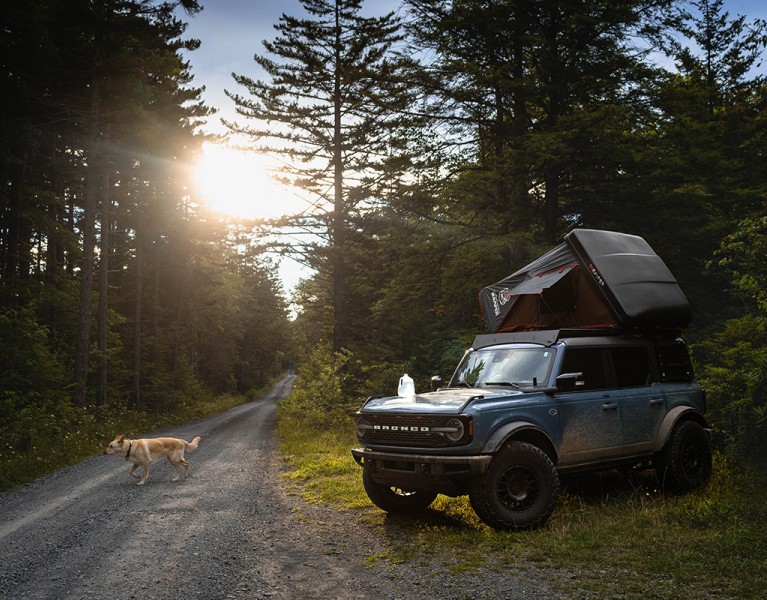
KÜHL’s Overlanding Guide: Our Tips on How to Get Started
Table of Contents [Show]
Overlanding is a trend that most outdoor lovers are curious about, but only a few die-hard wanderers have experienced it. Since you are here, you probably wonder, "What is overlanding?" and "Why should I try it?"
Well, here's your ultimate overlanding guide. We'll define overlanding and then dive into how you can get started with this travel style. In addition, we've included our thoughts on the best types of overlanding vehicles and popular overlanding destinations.
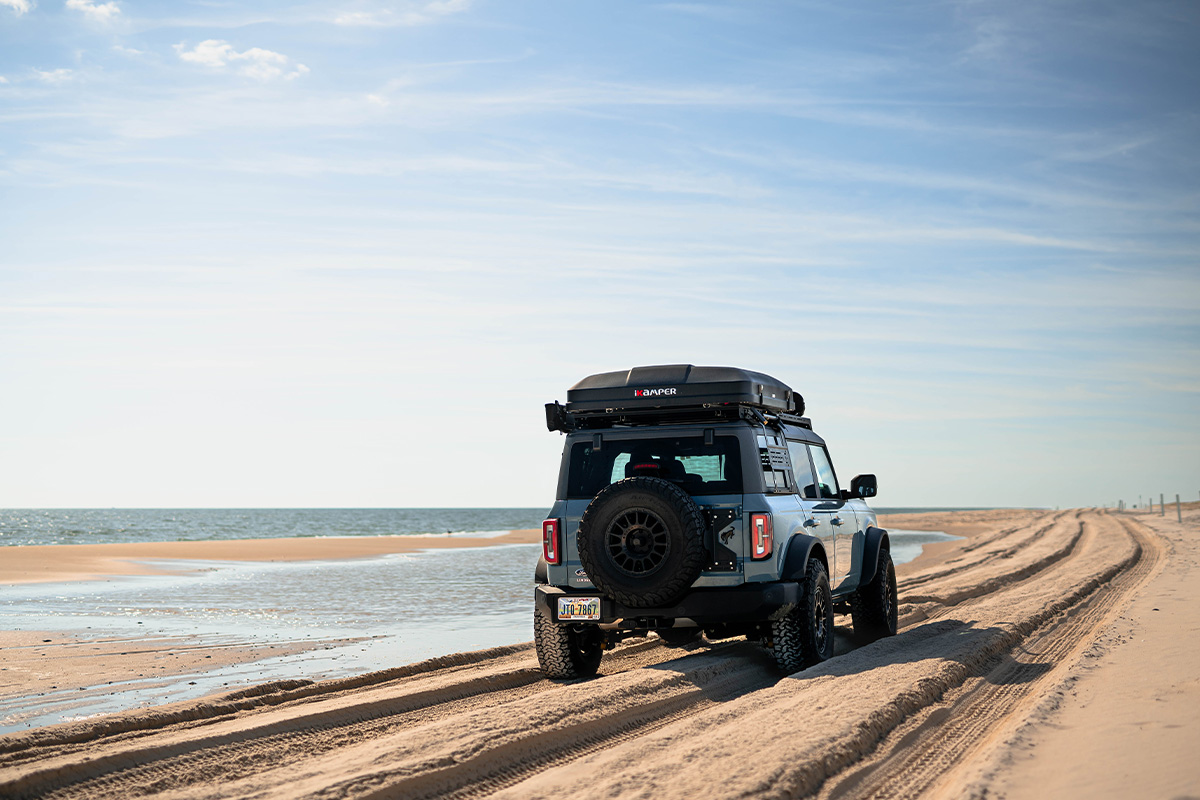
Key Takeaways
- An overland camping trip is a style of off-roading that involves long-haul driving on unmaintained roads to remote and untouched destinations.
- Overlanding or 4WD touring is unique from traditional camping trips in that the journey is the adventure, not the end destination.
- The point of overlanding is to disconnect from the grind, discover nature's lesser-known parts, experience different cultures, and strengthen one's survival skills.
- An overlanding gear list should include navigation tools, communication devices, self-recovery equipment, and camping and safety gear.
What is Overlanding?
A quick Google search of "overlanding meaning" will bring a ton of results about what overlanding is and isn't. That's because overlanding means a lot of things to different people.
Overlanding is a self-reliant journey, off the beaten path, through remote destinations, usually for days, months, or even years. An authentic overlanding experience involves crossing international borders, experiencing extreme cultural differences, and overcoming obstacles, such as language barriers, lack of infrastructure, limited technology access, and limited resources (finances, food, water, etc.).
Overlanding has elements of dispersed camping and car camping in it. From the definition above, living off your motorhome in a remote corner of Death Valley does not count as overlanding. However, it's an excellent way to build up your adventure spirit.
Unlike traditional camping trips, the real adventure when overlanding is the journey itself. It's an opportunity to test your ability to persevere and overcome various obstacles while experiencing nature's untouched beauty.
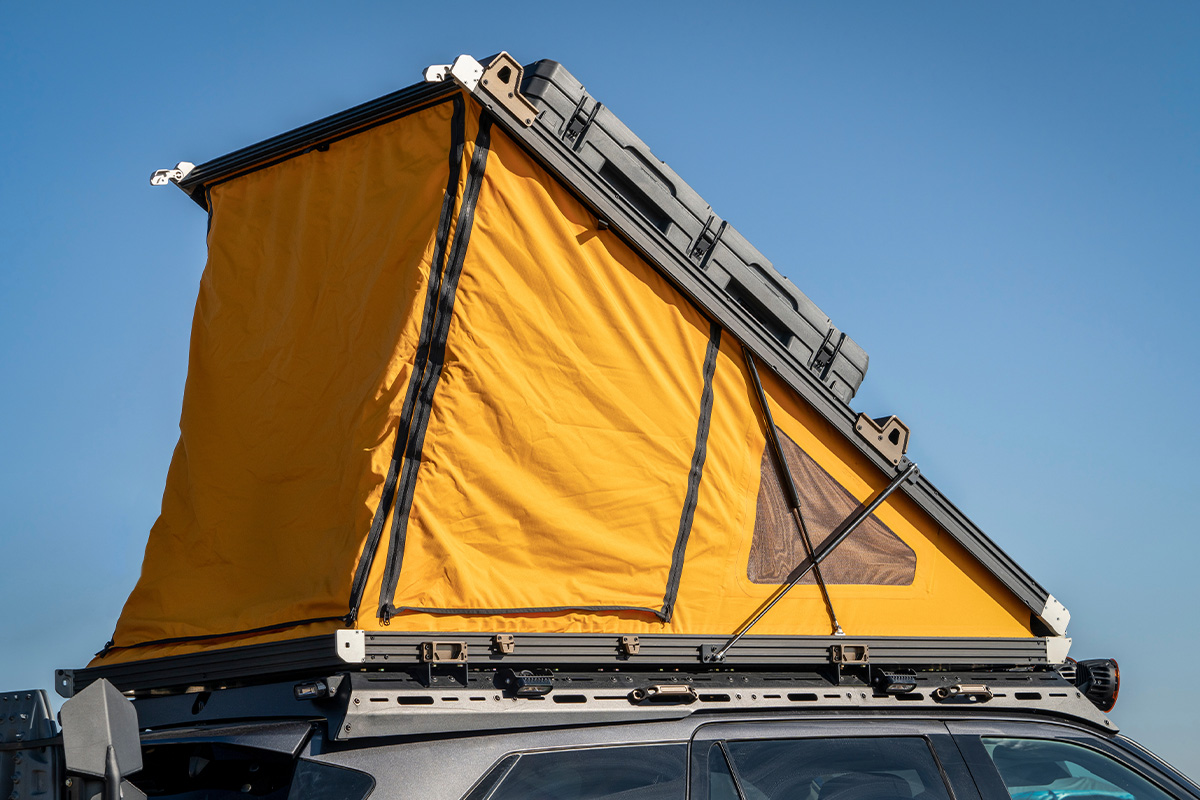
What's the Difference Between Overlanding and Off-Road Driving?
The terms overlanding and off-roading are often used interchangeably due to their numerous similarities. But the two activities couldn't be more different.
Let's start with some apparent similarities. Both activities involve driving through unpaved and challenging terrains like gravel, sand, stones, mud, and snow. Due to the nature of these activities, off-roaders and overlanders often travel ready for self-recovery.
The differences between overlanding and off-road driving become clear when considering aspects such as focus, duration, and accommodation.
Off-road driving is usually destination-based. Depending on the type of trip, the ultimate destination for the off-roaders could be a mud pool, a desert, a dune, a hill, etc. The focus is more on the adrenaline of pushing a vehicle's capabilities to navigate these rugged terrains. Second, off-roading is often within an individual's local reach, and they return home after the trip, meaning no need for camping.
Overlanding, on the other hand, is not destination-based. Although you'll encounter most challenges that come with off-roading, overlanding has a much broader focus. The ultimate goal is to connect with nature, experience different cultures, and exercise one's problem-solving skills.
Secondly, overlanding is more than your typical weekend trip. Overland adventures involve being away from home for a lengthy time, spanning weeks, months, or even a year. Overlanders camp in remote locations and typically sleep in a rooftop tent or pop-up truck camper. Our previous post dives deeper into how rooftop tents work, the various types, and how to choose a rooftop tent. Be sure to check it out.
Another difference between off-roading and overlanding is the type of gear involved. Off-roading equipment mainly focuses on self-recovery. However, an overlanding trip requires a higher level of self-reliance because it involves extended travel miles away from civilization. In addition to self-recovery equipment, overland enthusiasts typically pack camping gear and supplies, such as food, water, first aid supplies, and communication tools.
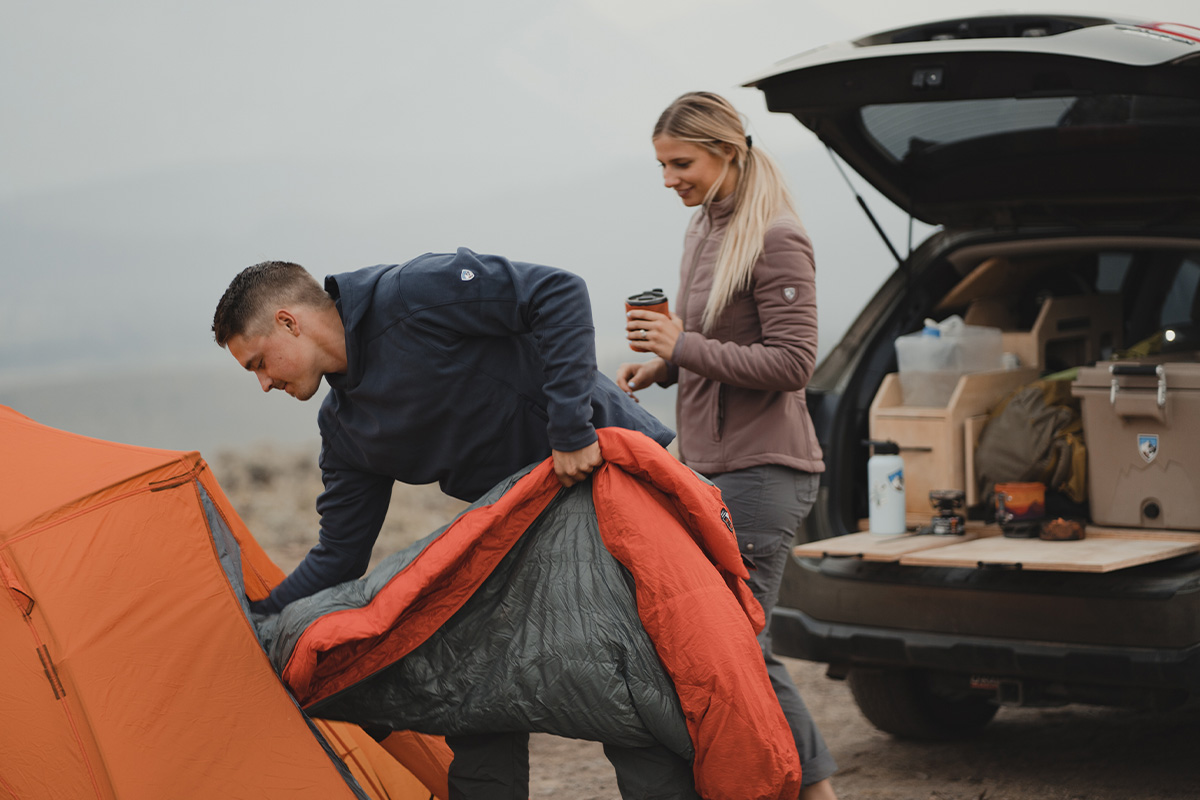
Overlanding Gear Essentials
There's nothing like the ultimate overland camping gear checklist for all overlanders. What you bring for each overland trip will depend on the environment, climate, and logistics. For this list, we focused on gear essentials that cut across various overland vacations.
Navigation Tools
Part of an enjoyable overland camping trip is being sure of where you are going. Smart overlanders know better than to rely solely on their vehicle's onboard navigation.
Combine good old Google Maps with a community-driven navigation/map app like Waze. Paper maps and a compass calibrated for your travel needs are another must-have duo.
A reliable and portable GPS device could also save your life. It's easy to get your hands on a quality device today, thanks to the ever-growing overlanding popularity. For a GPS unit designed with overlanding excursions in mind, we recommend the Garmin Tread XL- Overland Edition.
Communication Devices
Proper communication between rigs and groups is key, and if you’re traveling solo, being able to call for help is a crucial tool when overlanding. Similar to navigation tools, smart overlanders typically have more than one communication device before hitting the road:
- Cell phone booster kit - it amplifies weak cellular signals for enhanced connection quality in remote areas. WeBoost and Signal Boosters are reputable players in this niche.
- HAM and GMRS radios - these two allow vehicle-to-vehicle or driver-and-spotter communication when you are totally out of cell signal range.
- Satellite phone - ideal to have in your overlanding vehicle if you wish to stay in touch with your family when traversing isolated areas for days, weeks, or months.
- Personal locator beacons (PLBs) - satellite-synced devices that send personalized SOS signals and your exact location to rescue agents.
- Satellite messengers - a cheaper alternative to satellite phones, satellite messengers allow you to send messages and share your location with families and friends. An added advantage over personal locator beacons is being able to send detailed messages regarding your emergency.
Overlanding Recovery Gear
Overlanding comes with a greater risk of getting stuck. Having the right recovery gear will help you or other overlanders get out of different scenarios, whether on the sand, mud, snow or in a water crossing. The equipment you outfit with will depend on your vehicle and your routes. But you’ll learn what you should take with time.
Deflator Kit
A tire deflator makes it easy to air down your tires accurately for more tread grip. It’s important to air down your tires when driving on unpaved terrains. But doing this is particularly crucial when navigating through sand and loose gravel.
Portable Air Compressor
Portable air compressors are popular among off-road enthusiasts, including budget-conscious overlanders. These are compact, lightweight, and versatile units used to air tires, power air tools, and blow-up inflatables, such as air mattresses and watercraft.
A Recovery Shovel
A shovel is another must-have tool in your overlanding vehicle. It will come in handy in various vehicle recovery and general camping situations. On the road, a recovery shovel helps free the tires from mud and sand and clear snow on pavements. You’ll also need it when digging cat holes and fire pits and putting out campfires at the camping site.
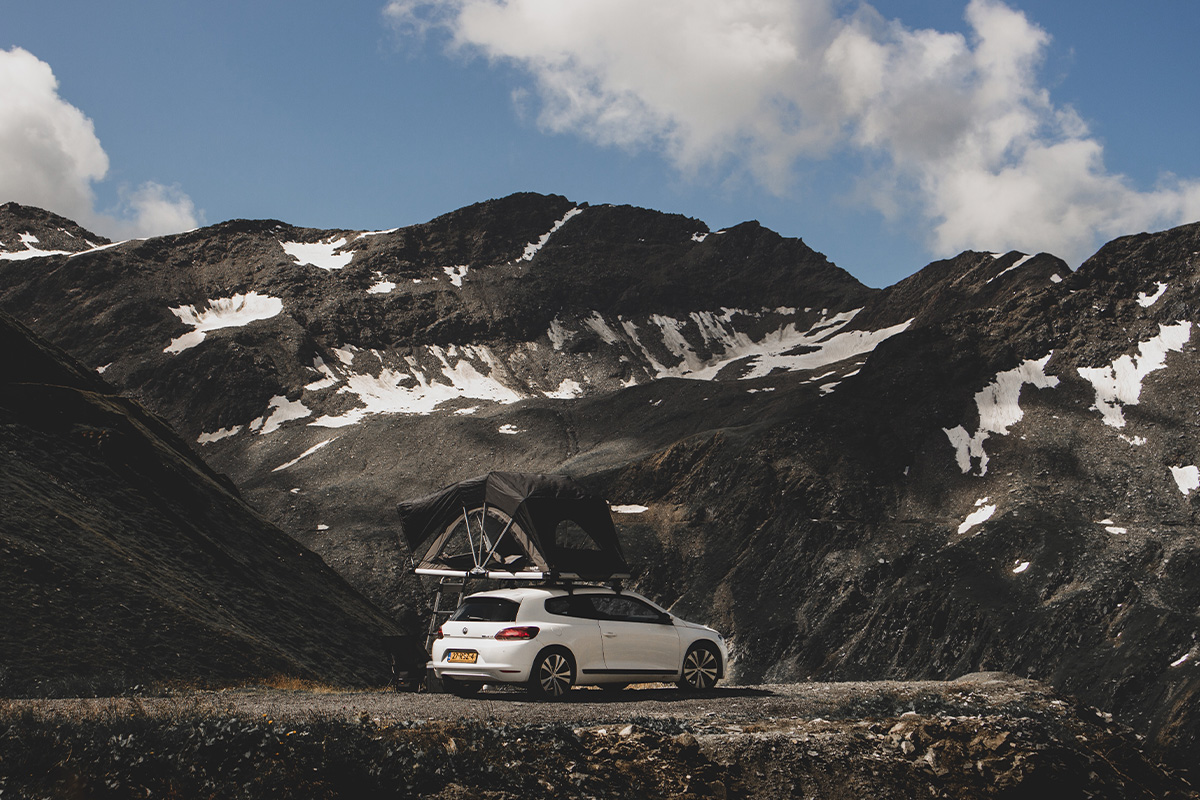
Traction Boards/Recovery Treads
Always have at least a pair of recovery boards when overlanding. It will help free your stuck four-wheel drive by adding traction (for better grip), flotation (to minimize sinkage), and clearance (to get over obstacles).
Fire Extinguisher and Fire Blanket
No overlanding rig is complete without a reliable fire extinguisher and a fire blanket in the first aid checklist. Class A, B, and C-rated fire extinguishers are the best because they can handle any type of fire on different parts of your vehicle.
Recovery Jack
Get a high-lift jack if you want a multipurpose unit that can be used for lifting, clamping, and winching (albeit slowly). Or consider an ARB jack if the convenience of one-finger lifting and lowering makes more sense to you.
Vehicle Winch
A vehicle winch is not a must. But you’ll be glad to have included it in your overlanding camping checklist in case you get stuck in mud in the middle of nowhere.
Other Overlanding Must-Haves and Accessories
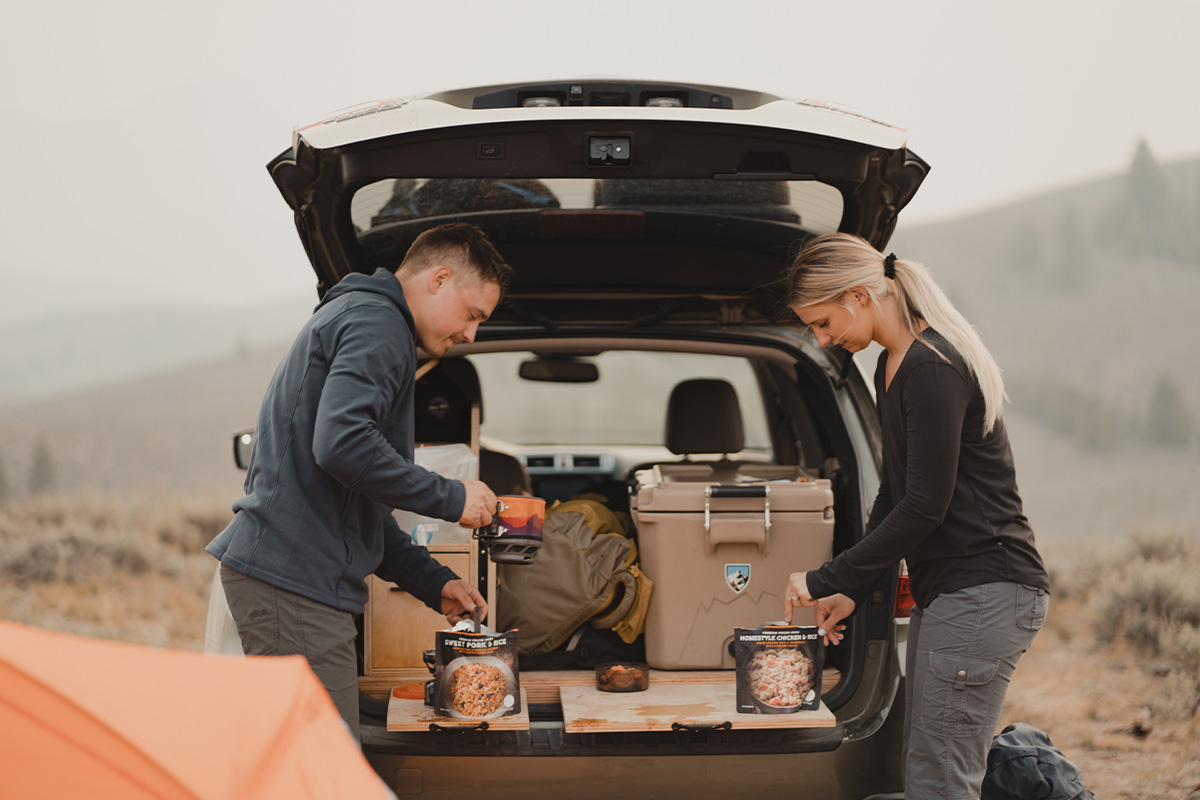
Food
Meals, Ready to Eat (or MREs), are popular among overlanders because they are ready to eat as soon as you add water. But you can also pack boxed milk, fresh fruits, and meat, so long as they are allowed across the borders you’ll be traversing. Ensure you have proper camping food storage for the food you plan to carry.
Water
A good rule of thumb is to provide at least one gallon of water per person daily. It’s also wise to have a backup emergency supply (say five gallons) for extra safety.
Depending on the number of people and the duration of the trip, it’s a no-brainer that water weight will be an issue. Luckily, you can go around that with a reliable water filter and purification system. It keeps the water weight down by allowing you to resupply from lakes, rivers, wells, and potable water vendors, as well as getting you through emergencies.
Proper Clothing
Proper outdoor clothing is another essential component when planning for an overland trip. The type of clothing to pack will depend on the elements you’ll be traveling through. The idea, however, is to keep everything simple.
Durable and comfortable apparel that offers a superb fit and stylish appearance across all seasons, like the flannels in our men’s outdoor wear, will pay dividends. For your outdoor workout sessions, check out our collection of men’s and women’s hiking clothing. We also recommend packing proper rain gear even if the weather forecast suggests otherwise.
Extra Fuel
It’s common to go for days or weeks before seeing another person, a town, or a gas station when overlanding. That said, it’s imperative to bring at least 5 gallons of extra gas. This could be the difference between getting stranded in the wilderness and driving to the next fuel source.
Overlanding Vehicles
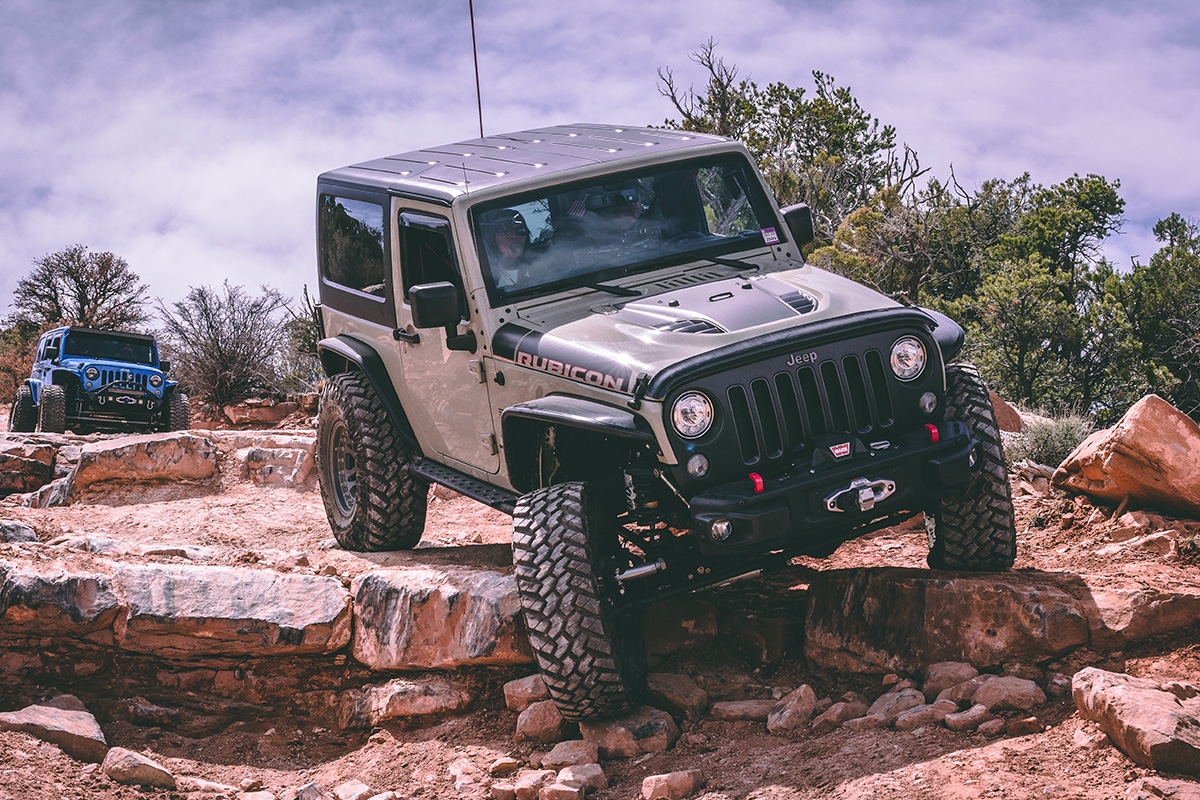
The best overlanding vehicle is the one that will get you to your destination and back. Typically, any 4x4 vehicle can be used for overlanding so long as it can handle rocky, muddy, snowy, and cross-axle situations, such as steep side slopes and severe descents.
Other key factors to consider when choosing or modifying your vehicle for overland travel are durability, fuel economy, storage space, comfort, and ease of repair.
These are some of the most popular overlanding vehicles today:
Third-Gen Toyota Tundra
The third generation of the Toyota Tundra tops our list because it shares the same DNA with the most reliable overlanding vehicle of all time- the Land Cruiser. The 3rd-gen Tundra was released in 2022 to resolve the efficiency issues that rocked the second generation.
The Tundra now boasts a 3.5-liter twin-turbo V6 engine backed by a 10-speed automatic transmission. The engine churns out 389 horsepower and 479 torques, which makes it great for handling rough terrain and towing heavy roads during off-road use.
The high-ground clearance of around 9.4” opens a world of possibilities in terms of where you can fit into or go through. Plus, the Tundra has impressive aftermarket support, offering you various ways to outfit your rig.
Second-Gen Chevrolet Colorado Z71
The Chevy Colorado Z71 is a tried and true overlanding vehicle that we bet won’t let you down. This will be your go-to model, mainly if you are after a mid-size diesel pickup truck. It comes with a 2.8L Duramax engine with a fuel economy of 20/29 MPG for city and highway driving.
Another reason for its popularity is its four-door and full-size bed in a mid-size truck. This design means a higher load capacity for your overland gear essentials. It also has adequate traction and hill descent control, making navigating technical terrain easy. This might also be a good pick if you're looking to go pickup truck camping.
JL Jeep Wrangler
The JL Jeep Wrangler has some remarkable qualities that make it a common sight in most overland destinations. It may be pricier than its older sibling- the JK Wrangler. But without a doubt, the new model has a lot to go for in terms of refinement, quality, and technology.
The first thing you notice about the JL Jeep series is that it has a more appealing dashboard compared to the plasticky layout of the JK. It also provides more interior comfort and larger wheel wells for bigger tires.
Tips on How to Start Overlanding and Practice it Safely
When it comes to how to start overlanding, there are a few tips and tricks that guarantee memorable vacations every time.
- Don’t be intimidated by Instagram, Facebook, and X gatekeepers who dictate what overlanding is and what it’s not. Steer away from people who say you’re not an overlander because you are not crossing international borders or sleeping in a rooftop tent. So long as you have a reliable vehicle you can depend on to explore the great outdoors and carry your sleeping quarters, get out and explore.
- Start small. Overlanding for beginners seems like an expensive way of life. It could be, depending on your travel style, how much you want to modify your rig, and how far you want to explore. But it doesn’t have to be expensive for everyone. Overland basics are a reliable vehicle, shelter (rooftop tent, traditional tent, hammock, etc.), a sleeping bag, food, and water.
- Match your car’s capabilities with the terrain you plan to traverse. A two-wheel vehicle will suffice if you’ll be traveling on well-maintained park roads. But getting a 4x4 with high clearance for backcountry overlanding is a good idea.
- Regardless of your experience level and your rig’s capability, always be ready for self-rescue.
Tips on Where to Go Overlanding
When you become an overlander, the world becomes your playground. But remember, you really don’t need to cross international boundaries to enjoy the freedom of overlanding. Here are the most iconic routes for overlanding in the US:
- Smokey Mountain Road Grand Staircase National Monument (78 miles, 1-3 days)
- Valley of the Gods Road, UT (17 miles, one day)
- Mojave Road, CA (138 miles, 2-5 days)
- Trans-Wisconsin Adventure Trail, WI-IL border (600 miles, 2-3 days)
- New Mexico Backcountry Discovery Route, NM (1178 miles, 5-7 days)
- California Crest Trail (2650 miles)
Final Thoughts
There’s something cool about venturing beyond your local park, experiencing new cultures, overcoming obstacles, and discovering remote campsites not many others have been into.
Importantly, you don’t need to build a sophisticated rig or spend so much on high-end overlanding gear if your budget doesn’t allow it. If your vehicle can comfortably handle the terrains you’ll be traveling on, consider the above overlanding tips, get out there and enjoy.
Featured image by: Thomas Tucker.
FAQs
What is the price of overlanding?
Overlanding costs include the cost of the vehicle, modification cost, gas money, repairs, food, and parking fees. That said, overlanding doesn’t have to be expensive.
Who goes overlanding?
Overlanding is for adventure-seeking purists who enjoy discovering remote areas while embracing uncertainty and taking risks.
Is 4WD necessary for overlanding?
You can overland with a 2WD vehicle as long as it’s outfitted for self-recovery. Actually, another growing trend is adventurers exploring continents on motorcycles and bicycles.
Is a manual better for overlanding?
This comes down to personal preference. But there are several reasons most experienced overlanders choose one over the other. Stick/manual transmissions are simpler to repair wherever you are in the world. On the other hand, automatic transmissions are less likely to stall when climbing over or navigating obstacles.
What is the longest overland route?
The Pan-American Highway, which spans over 30,000 miles and travels through nine countries, is the longest overland route in the world.


